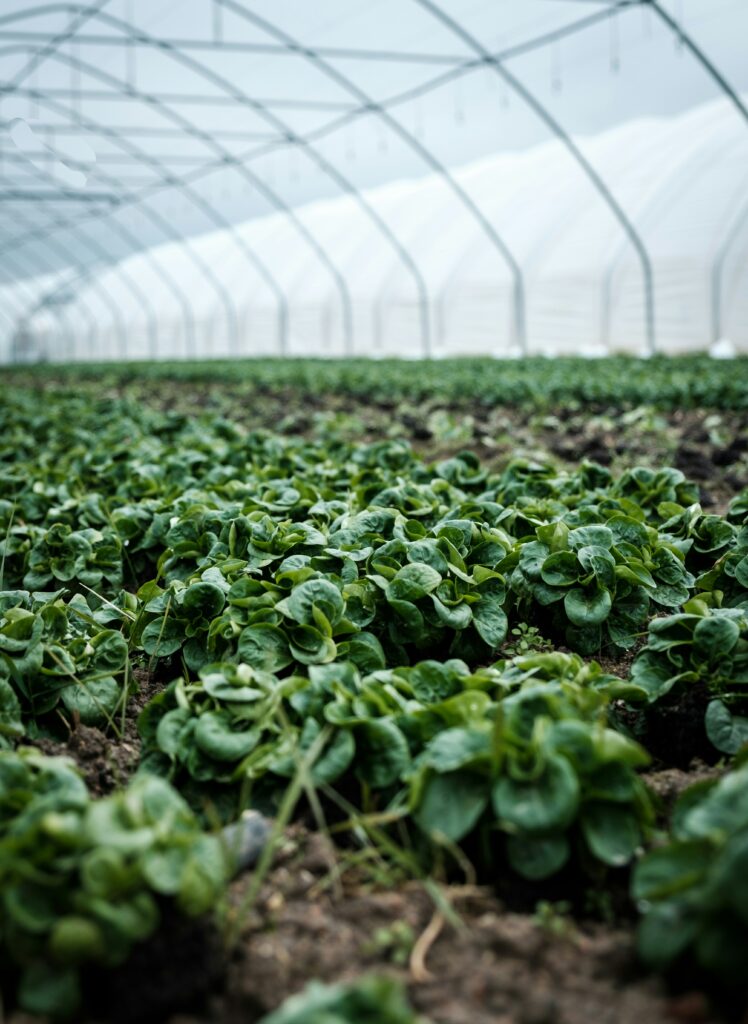
Ep. 3 Innovation in AgriFood Tech
The Future of Smart Greenhouses: Benefits and Implementations
The Future of Smart Greenhouses: Benefits and Implementations
The adoption of smart greenhouses is revolutionizing modern agriculture, offering advanced solutions to improve crop productivity and sustainability. These greenhouses integrate technologies such as the Internet of Things (IoT), Artificial Intelligence (AI), and Machine Learning (ML) to automatically monitor and control environmental conditions, thereby optimizing plant growth.
Benefits of Smart Greenhouses
- Resource Optimization: Advanced sensors allow real-time monitoring of crucial parameters such as temperature, humidity, light intensity, and CO2 concentration. This enables automatic regulation of irrigation and lighting, reducing water and energy consumption.
- Improvement in Crop Quality: AI analyzes data collected by sensors to predict optimal growth conditions and prevent diseases. For example, the use of machine learning models like Long Short-Term Memory (LSTM) networks can anticipate the need for corrective interventions, ensuring healthier and higher quality crops.
- Reduction of Environmental Impact: Smart greenhouses minimize the use of pesticides and chemical fertilizers through precise monitoring and targeted application of treatments only when necessary. This approach reduces soil and water pollution, contributing to more sustainable agriculture.

Implementations of Smart Greenhouses
- Automation of Environmental Control: Automation systems, based on IoT and AI, control ventilation, heating, cooling, and humidification. Sensors like the AM2315 measure temperature and humidity, while actuators control fans, misting systems, and motorized covers to maintain ideal conditions.
- Data Analysis and Predictions: Data collected from sensors is processed by AI algorithms to provide accurate forecasts and operational recommendations. For instance, the system can predict irrigation needs based on climate models and soil conditions, optimizing water use.
- Integration with Cloud Systems: Smart greenhouses use cloud platforms for data storage and analysis. This allows real-time access to data from anywhere, facilitating remote management and decision support. Integration with systems like Node-Red and web management platforms based on Laravel makes centralized control and advanced analysis possible.
Future Prospects
The adoption of smart greenhouses represents a significant step towards more efficient and sustainable agriculture. Technological innovations will continue to improve, making these systems increasingly accessible and effective. In the context of climate change and growing food demand, smart greenhouses offer a promising solution to ensure global food security.

If you want to stay up-to-date subscribe to the newsletter!
